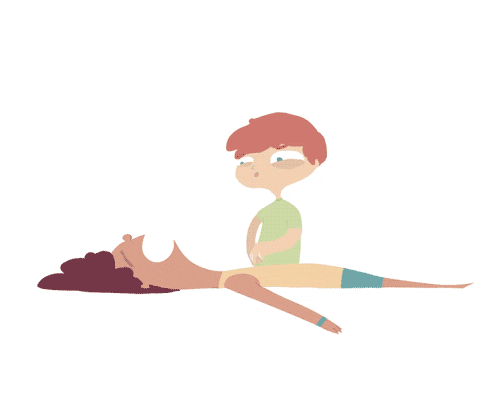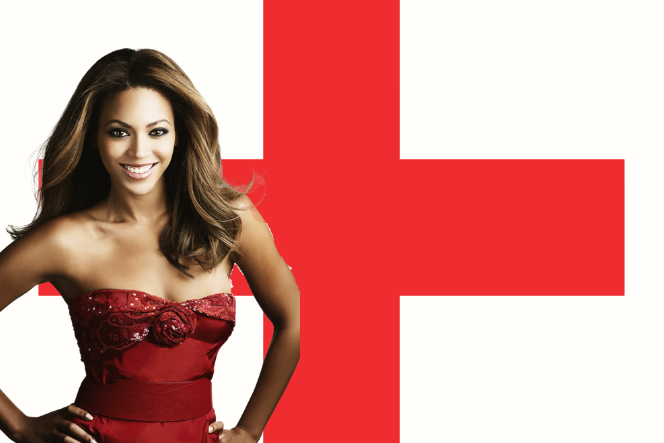The thought of seeing someone struck down by a heart attack, cardiac arrest or some kind of bleeding, choking or respiratory problem had me weak in the stomach a few weeks ago, but since I learned how to be bootylicious, I’ve become prepared to step into emergency situations instantly.
You might be wondering what Beyonce’s bop killer has to do with CPR and first response, but many mainstream songs like this have the same beats per minute needed to administer CPR compressions to help save someone’s life. We recommend chucking these bangers onto your Spotify playlist and being across DRSABCD to be ready for any situation where someone is in danger.
The creation of a playlist such as this is of such great importance in our society where so few of us have undergone first response and CPR training. Knowing how to respond in an emergency situation is hugely important. Any of us could be in an emergency situation where we need to act fast- and knowing how to administer CPR could save a life. Learning first response procedures from St John Ambulance NSW was an informative, enlightening and empowering experience. Being given the tools of CPR and first response will potentially help me to save lives in emergency situations.

To be blunt, Australians have a poor health education compared to the rest of the world, with a meagre five per cent of us being trained in first aid and CPR. It’s baffling that we are so unequipped to save lives – in an accident or emergency situation, we may be the only hope of someone in dire need of medical attention. The rate of survival for cardiac arrest doubles when bystander CPR is performed.
It’s about time young Australians were educated in knowing how to respond in emergency situations, particularly in situations where CPR or first response is needed. In emergency situations, minutes, moments and seconds matter. Within the first five minutes of cardiac arrest, severe brain damage takes place with the chance of survival without administering CPR ranging from just 4-8%. It is up to us to change this statistic.
St John Ambulance NSW is attempting to empower young people to gain first response knowledge so they can act quickly in emergency situations. These people can go on to do great things in diverse professional careers and may need to utilise these skills. Currently, only 31% of Australian workers feel confident in responding to a workplace first aid emergency. It’s a scary statistic but rings true to so many of us, in a situation a likened to this, I would feel completely out of my depth.

Facts are facts, people, and if we don’t start pulling our heads in to learn how to do these procedures now, what are we going to do when someone we love falls down with the hope that someone close to them will do something about it? There are no downsides to having a skill like this.
One of the best parts about learning CPR is the killer soundtrack that you can do compression with. My favourite song to get down to while pumping a chest during CPR is easily Beyonce’s Bootylicious, because God knows when I’m practising my compressions to save a life, my ass looks great. There are a bunch of other great hits that you can use to keep up with the rate of compression needed for CPR, such as Switch, Finesse and Havana. This playlist was made by University of Wollongong students to make young adults more aware of the ease of learning such a great life skill, yet remain bootylicious whilst doing it! It was undertaken as a tribute to a previous student who sadly lost their life in a nightclub emergency situation, as bystanders didn’t act on the situation with no first response or CPR being administered.
Below is an extract from one of St John Ambulance NSW’s Instagram posts on the basics of starting CPR:
“Starting CPR immediately is one of most critical factors in surviving cardiac arrest. To provide CPR For Adults:
- Kneel beside the casualty
- Place the heel of your hand on the lower half of the sternum in the centre of the chest and place the other hand over the top.
- Keep your arms straight and use your upper body to provide 30 compressions (pushing down 1/3 of the depth of the chest)
- Tilt head and lift chin to clear tongue from airway
- Provide 2 breaths (if you are comfortable to do so)
- Continue compressions and breaths in a ratio of 30:2 until medical assistance arrives or the casualty starts breathing.”
Such a skill is invaluable to young adults and we should be jumping on board in case we’re even in a situation where someone’s life is in danger in front of us – and to be bootylicious, I guess.

